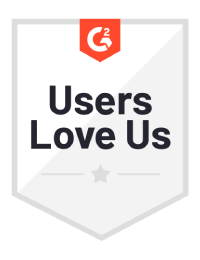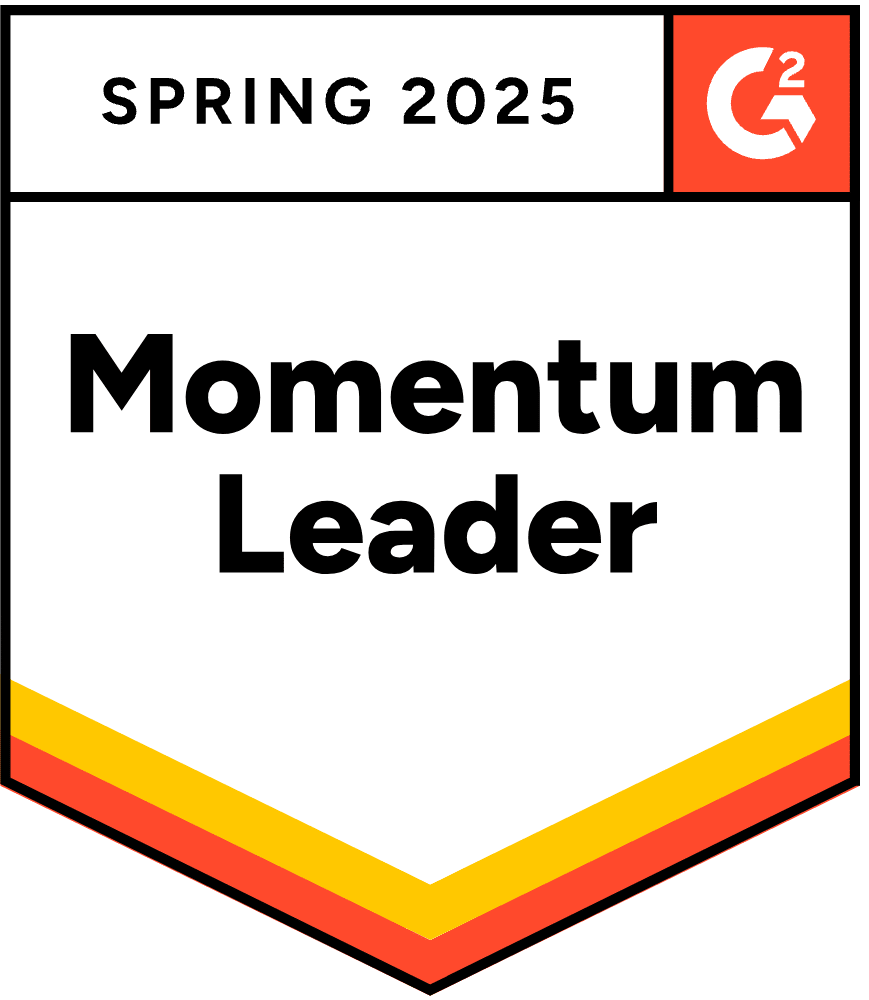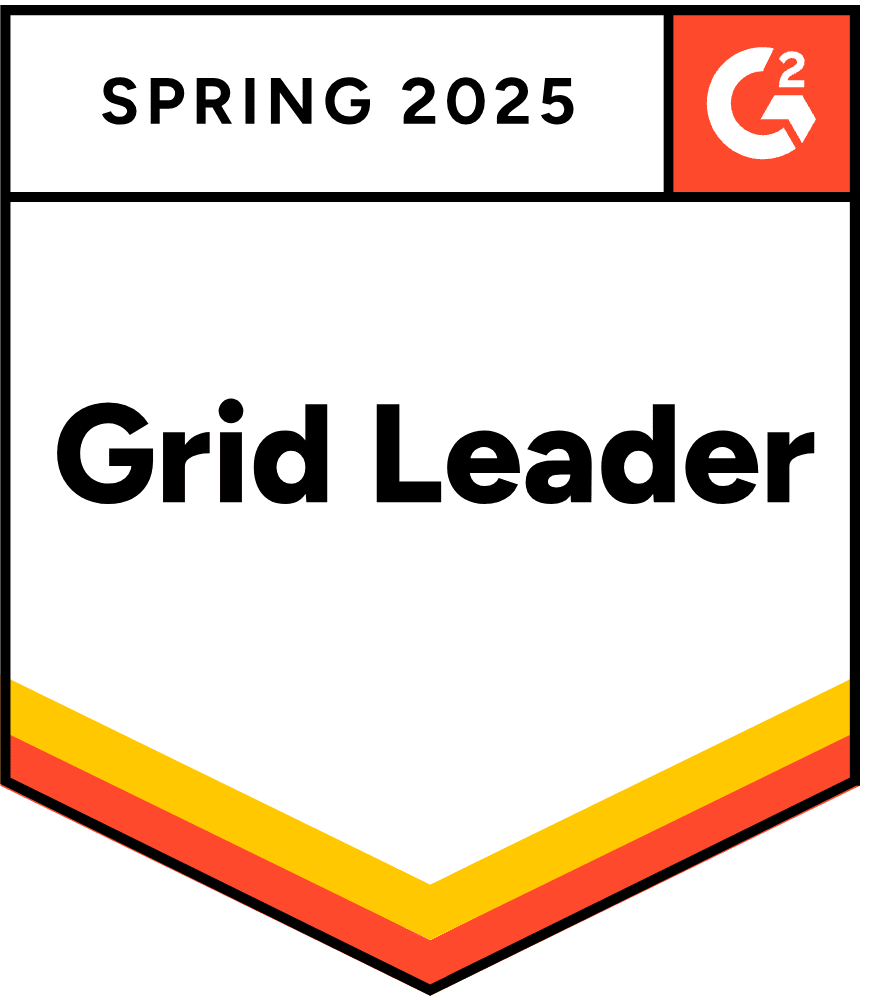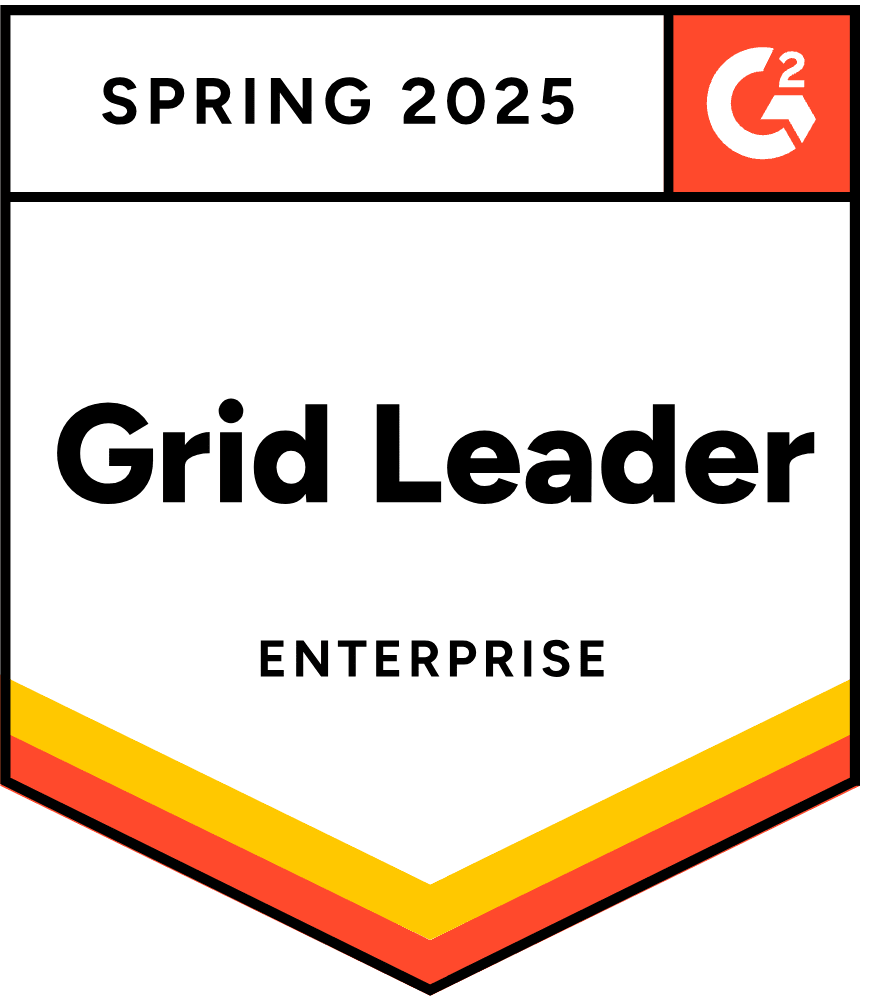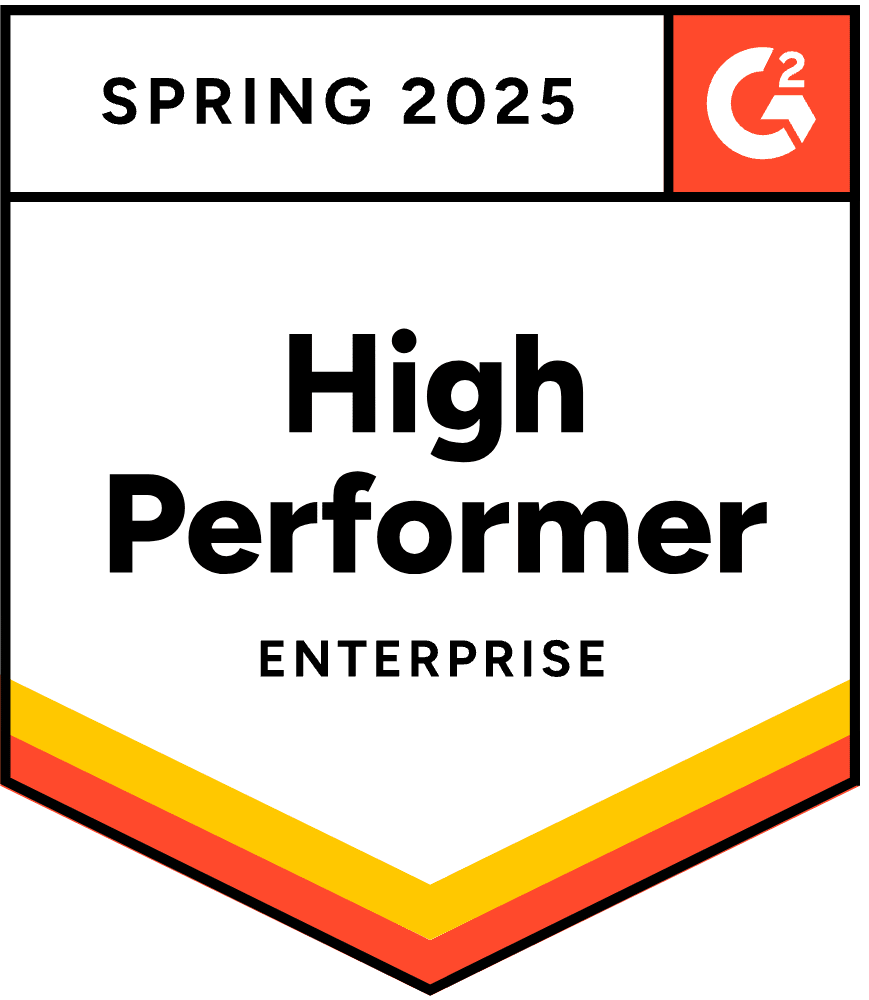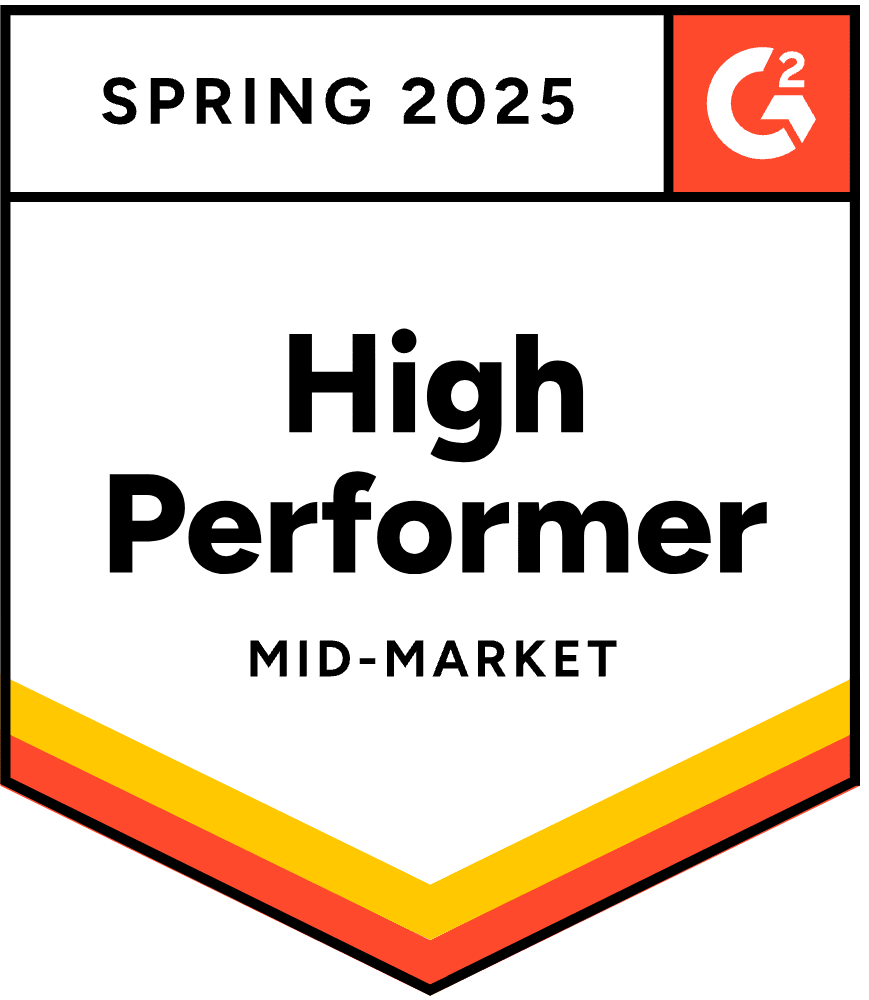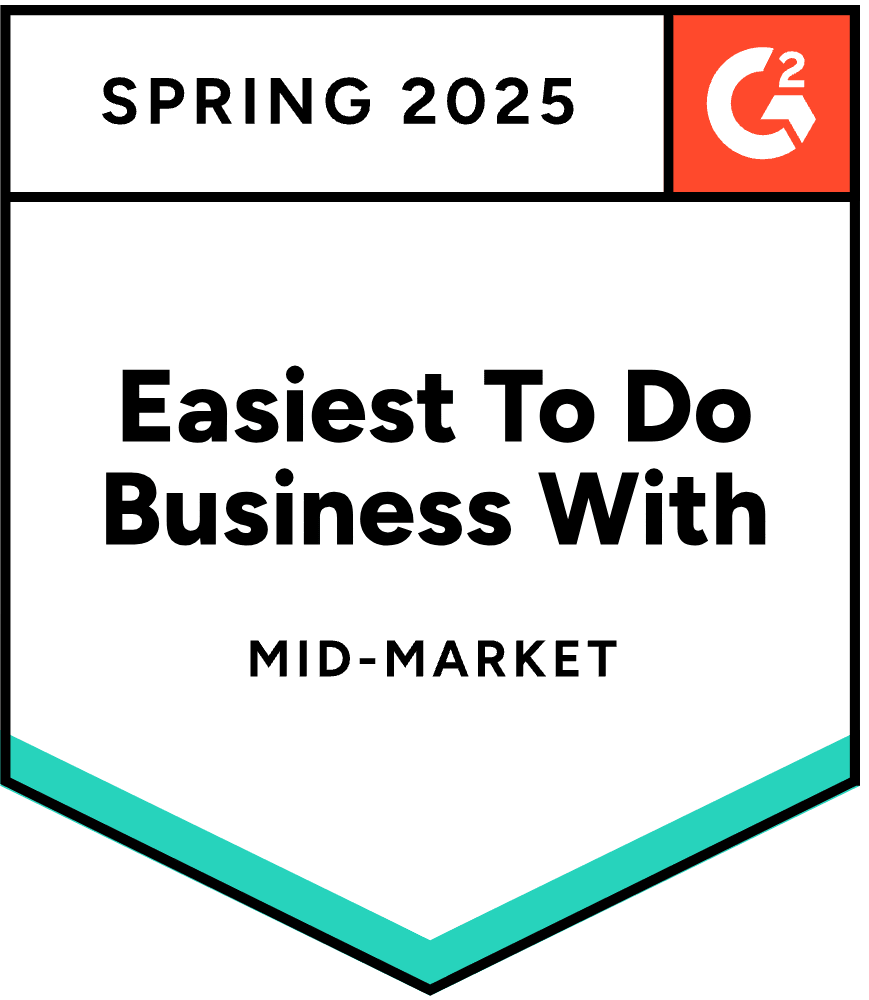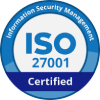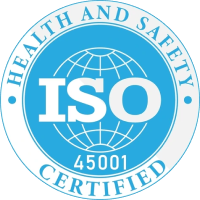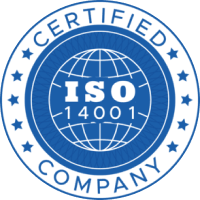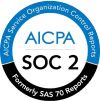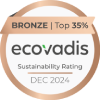Introduction
The way we think about managing talent is changing, and for good reason. Teams are more dynamic, skills are in constant flux, and employees are looking for more than just a job – they want growth, connection, and purpose. That’s where the talent marketplace comes in, shaking up the way organizations match people to opportunities. Here’s all the information you need on how a talent marketplace works, why it matters, and what you can do to make it work for your team.
Whether you’re an HR leader, recruiter, or strategist, there’s something here to inspire and guide your journey into the future of workforce management.
What Is a Talent Marketplace and Why Does It Matter?
A talent marketplace is more than just a tool – it’s an approach to rethink workforce management. At its core, it’s an AI-powered platform that connects employees to opportunities within an organization, whether that’s a new role, a short-term project, or even a mentorship. Think of it as a personalized career concierge for employees and a strategic workforce planner for businesses.
So, why does it matter? The world of work is changing fast. Skills are evolving, employees entering today’s workforceare craving flexibility and growth, and organizations need agility to stay competitive. Traditional HR systems often fall short in addressing these shifts as they’re static, siloed, and slow. Talent marketplaces, on the other hand, thrive on fluidity and adaptability.
For employees, they bring visibility to opportunities that might otherwise go unnoticed, bringing growth and engagement. For organizations, they create a workforce that’s not just agile but also deeply aligned with business goals. In short, talent marketplaces unlock the full potential of both people and businesses, paving the way for a future that’s not only more efficient but also more fulfilling for everyone involved.

What Are the Benefits of Investing in a Talent Marketplace?
A talent marketplace is a strategic asset that can transform how organizations manage, engage, and optimize their workforce and it comes with a lot of benefits.
Workforce agility
Agility is essential. A talent marketplace allows organizations to quickly reallocate employees to high-priority projects or roles based on their skills and interests. This dynamic approach ensures businesses can adapt to market shifts, address immediate challenges, and encourage collaboration across teams without delays. By enabling flexibility, a talent marketplace turns workforce fluidity into a competitive advantage.
Data-driven workforce planning
Talent marketplaces generate rich insights that help organizations to plan effectively. With tools to analyze skill gaps and predict future needs, businesses can proactively prepare for upcoming challenges. The ability to forecast workforce trends and align TA strategies with business objectives ensures that decisions are backed by data, not guesswork. This means optimized resource allocation and a well-prepared workforce!
Enhanced engagement
When employees have visibility into career growth opportunities, their engagement goes UP. A talent marketplace personalizes the career experience, connecting individuals with roles, projects, or training that align with their ambitions. Employees feel valued and recognized for their potential, creating a sense of belonging. Access to mentorship and learning programs further deepens engagement, leading to a motivated and fulfilled workforce.
Cost savings
By prioritizing internal mobility, talent marketplaces significantly reduce recruitment expenses. Filling roles from within minimizes the need for costly external hires and shortens the time to fill critical positions. Retention improves as employees see clear pathways for growth, bringing down turnover costs. And, internal candidates usually require less training, leading to faster onboarding and reduced downtime. Win, win, win.
Democratized opportunities
One of the standout benefits of a talent marketplace is its ability to level the playing field. Ideally, AI-driven matching focuses solely on skills and qualifications, eliminating unconscious biases and ensuring that all employees have equal access to opportunities. This democratization promotes inclusivity, enables diverse talent to thrive, and strengthens the organization’s commitment to equity.
Increased visibility
Organizations often struggle to understand the full spectrum of their workforce’s capabilities. A talent marketplace solves that problem, making it easier to identify and leverage hidden skills. Employees can easily see opportunities across the organization, while leaders get a transparent overview of available talent. This enhanced visibility bridges gaps and maximizes the existing workforce’s potential.
A skills-first approach
Moving away from rigid job titles, a talent marketplace emphasizes what employees can do. This skills-first mindset encourages collaboration, breaks down organizational silos, and helps employees realize their full potential. Organizations benefit by aligning talent with business needs, fostering innovation, and preparing the workforce for future challenges.
A talent marketplace unlocks loads of benefits and positions organizations to thrive in an increasingly dynamic and skills-driven world. And that’s why we highly recommend getting yours off the ground STAT!
How Talent Marketplaces Work?
A talent marketplace is the connective tissue between your workforce’s potential and your organization’s opportunities. Using AI-driven technology, it can bring clarity to career paths, open doors for growth, and equip businesses to respond to changing demands with confidence. Here’s how it works:
1. Mapping skills and interests
Employees build profiles showcasing their skills, experience, career goals, and learning preferences. AI algorithms analyze this information to create a comprehensive skills map, highlighting strengths, gaps, and potential career trajectories. This mapping ensures that each employee’s unique value is both visible and actionable.
2. Matching talent to opportunities
The platform continuously scans open roles, projects, and short-term gigs within the organization. It uses AI-powered matching to recommend opportunities that line up with an employee’s skills, interests, and aspirations. Managers can also ID candidates for immediate needs, fostering collaboration and ensuring the right talent is always in the right place.
3. Enabling upskilling and growth
Integrated with learning platforms, talent marketplaces can suggest personalized training and development programs. Employees can proactively learn new skills, preparing for future roles while staying engaged in their current ones.
4. Driving internal mobility and retention
By making career opportunities transparent and accessible, talent marketplaces encourage employees to explore internal moves rather than seeking opportunities externally. This not only retains (top) talent but also creates a culture of continuous growth and agility.
5. Providing workforce insights
HR teams and leadership gain real-time data on workforce capabilities, trends, and skill gaps. This helps shape talent strategies, streamline succession planning, and future-proof the organization’s workforce.
Talent marketplaces transform potential into performance, making career progression more accessible for employees while empowering businesses to thrive.
What Are the Key Features to Look for in a Talent Marketplace?
Choosing the right talent marketplace can make all the difference in unlocking your organization’s potential. The best platforms combine innovative tech with user-centric design to bridge the gap between opportunities and talent. Let’s explore the key features to prioritize.
Comprehensive employee profiles
Accurate matching and meaningful career planning start with detailed employee profiles. These profiles should capture skill inventories, showcasing current capabilities and potential. Including career goals and preferences further personalizes the experience, helping employees align their aspirations with organizational needs.
AI-driven skills matching
At the heart of any effective talent marketplace lies its ability to connect employees with opportunities that align with their skills, experiences, and interests. Advanced matching algorithms analyze detailed employee profiles and active opportunities to recommend the best fit. Then, there are skill gap identification tools that highlight areas where employees may need to upskill to take on future roles or projects, creating a proactive and growth-focused environment.
Dynamic opportunity listings
A great talent marketplace acts like a buzzing hub where all the exciting opportunities within your organization come together in one place. It should feature internal job boards showcasing full-time roles, part-time projects, and gig work, making it easy for employees to explore what’s available. Personalized recommendations tailored to individual preferences and career goals ensure employees feel empowered to take the next step in their professional journeys.
Integration with learning and development (L&D)
Seamless integration with L&D platforms is essential when preparing employees for future opportunities. A talent marketplace should suggest upskilling pathways by recommending training programs tailored to bridge specific skill gaps. It should also provide progress-tracking tools that allow employees and managers to monitor development milestones, ensuring that learning remains a continuous and measurable process.
Real-time analytics and insights
Actionable data is a must for strategic workforce planning. A strong talent marketplace provides real-time insights, including visual skill maps that offer an overview of workforce capabilities. Trend analysis tools help identify emerging skills and workforce needs, while utilization metrics ensure resources are allocated effectively, driving both efficiency and impact.
Seamless integration with HR systems
To avoid silos and inefficiencies, the talent marketplace must integrate smoothly with existing HR systems like HRIS and ATS. Compatibility ensures accurate and consistent data flow across platforms. Centralized dashboards provide a single view of talent and opportunities, simplifying workforce management and decision-making.
Accessibility and user-friendliness
Adoption depends heavily on how easy the platform is to use. A talent marketplace with an intuitive interface simplifies navigation for both employees and managers, encouraging adoption and use. Mobile access is equally important, enabling participation from anywhere and ensuring inclusivity across a diverse workforce.
Support for DE&I initiatives
A talent marketplace should actively promote diversity, equity, and inclusion. Bias-free matching ensures opportunities are distributed fairly, using diverse datasets to minimize unconscious bias. The platform should also highlight underrepresented talent, giving everyone a fair chance to shine and contribute to organizational success.
By prioritizing these features, your talent marketplace will align well with employee aspirations and organizational goals, creating a dynamic environment where talent thrives and the workforce remains agile and future-ready.
How Can You Successfully Implement a Talent Marketplace?
Implementing a talent marketplace requires thoughtful planning, execution, and ongoing optimization. Breaking it down into manageable steps ensures a smoother transition and maximizes the platform’s impact. Here’s how to successfully implement a talent marketplace.
Step 1: Preparing your organization
Before diving into implementation, it’s important to assess your organization’s current state and define clear objectives.
- Assess current talent systems and data readiness
Review your existing HR systems, such as HRIS, ATS, and L&D platforms, to ensure they are compatible with a talent marketplace. Evaluate the quality of your talent data – are employee skills, roles, and career histories accurately documented? Clean and structured data is the foundation of an effective marketplace. - Define goals for mobility, retention, and upskilling
Establish clear outcomes you hope to achieve with your talent marketplace. Do you want to improve internal mobility, reduce hiring costs, or close skills gaps? Align these goals with your broader workforce strategy and ensure they are measurable.
Step 2: Selecting the right platform
Choosing the right talent marketplace platform is a must. Look for a solution that meets your organization’s unique needs.
- Key considerations
Focus on platforms that offer essential features like AI-driven skills matching, real-time analytics, and integration with existing systems. Scalability is also critical – your platform should grow with your organization. Ensure the interface is intuitive to encourage adoption. - Vendor evaluation
Research vendors thoroughly by reading reviews, watching demos, and exploring case studies. Get on calls with vendors to understand their support capabilities and customization options. Seek feedback from other organizations in your industry to make an informed choice.
Step 3: Running a pilot program
A pilot program allows you to test the platform on a smaller scale, identify challenges, and make improvements before a full rollout.
- Start small
Begin with a specific department, business unit, or region. Choose a group that is open to innovation and has a clear need. - Gather feedback and analyze adoption rates
Encourage employees and managers to share their experiences using the platform. Use this feedback to identify pain points and areas for improvement. Monitor metrics like participation rates, number of matches made, and time-to-fill for roles or projects. - Iterate and improve
Based on the feedback and data collected, make necessary adjustments to the platform and processes. This iterative approach ensures the marketplace is tailored to meet your organization’s needs.
Step 4: Scaling organization-wide
Once the pilot proves successful, it’s time to roll out the platform across the entire organization.
- Change management
A successful rollout requires clear communication about the benefits and purpose of the talent marketplace. Develop a communication plan to address employee concerns and highlight success stories from the pilot. Offer incentives, such as recognition or rewards, for early adopters who embrace the platform. - Continuous training for employees and managers
Equip employees with the skills to create strong profiles and navigate the marketplace effectively. Train managers on how to use the platform to identify talent and post opportunities. Make training resources accessible and ongoing to ensure everyone is comfortable with the system. - Monitor and optimize
Track key performance indicators (KPIs) like internal mobility rates, employee engagement, and retention. Regularly solicit feedback and refine the platform’s functionality to keep pace with organizational needs and workforce expectations.
By following these steps, you can create a marketplace that empowers employees, drives business success, and positions your workforce for the future.
What Challenges Do Organizations Usually Face When Implementing a Talent Marketplace?
Rolling out a talent marketplace is a big step that can bring incredible benefits, but it’s not without its bumps along the way. Tackling these challenges early on can make the journey much smoother. Let’s dive into some common hurdles and how to overcome them.
Cultural resistance
One of the biggest obstacles is resistance from employees and managers. Employees may feel uneasy about being matched by AI, while managers might worry about losing top talent to other teams.
Solution: Communicate the benefits clearly and early. Highlight how the marketplace creates opportunities for growth and collaboration. Use pilot programs to showcase success stories and involve managers in the process to gain their buy-in.
Data quality and completeness
A talent marketplace relies on accurate employee data to function effectively. Poorly maintained records or incomplete skill profiles can hinder matches and affect trust in the system.
Solution: Conduct a data audit before implementation to identify gaps. Provide employees with easy tools and incentives to update their profiles. Regularly review and refresh data to maintain accuracy.
Integration challenges
Integrating the marketplace with existing HR systems, such as HRIS, ATS, or L&D platforms, can be complex. Incompatibility between systems may lead to inefficiencies or duplication of efforts.
Solution: Choose a platform that supports seamless integration with your current systems. Work closely with your IT and vendor teams to ensure compatibility and smooth data flow. Test integrations thoroughly during the pilot phase.
Bias in AI matching
AI algorithms can unintentionally perpetuate biases, resulting in unfair or exclusionary recommendations.
Solution:Select a vendor that prioritizes ethical AI and regularly audits its algorithms for bias. Use diverse datasets to train the AI and involve HR teams to review matches and ensure fairness. Transparency in how matches are made can also build trust among employees.
Over-reliance on technology
While AI can enhance decision-making, over-reliance on the platform may lead to a loss of the human touch in career planning and team dynamics.
Solution: Maintain a balance by keeping human oversight in critical decisions. Managers should review AI-generated matches and have the final say in placements. Encourage regular conversations between employees and managers about career goals.
Lack of clear ROI metrics
Organizations might struggle to measure the success of the talent marketplace, leading to doubts about its value.
Solution: Define KPIs such as internal mobility rates, skill gap reductions, and employee engagement scores before implementation. Use dashboards to track progress and showcase measurable outcomes to stakeholders.
By addressing these challenges proactively, it becomes smoother to unlock the full potential of a talent marketplace, making way for an agile, engaged, and future-ready workforce. SHAZAM.
Best Practices for Using a Talent Marketplace
Implementing a talent marketplace is just the beginning. To make the most of it, you’ll need thoughtful strategies to ensure it works seamlessly for your employees and organization. Here are some best practices to get you started.
Build trust through transparency
Employees need to feel confident about how the system works and what it means for their growth. Be upfront about how the platform uses their data and explain how AI-driven matching happens. Simple, clear communication builds credibility.
Take it a step further by sharing success stories, like how an employee landed a dream project or developed new skills through an opportunity found in the marketplace. When people see real-life examples, it’s easier to buy in.
Keep humans in the loop
No matter how smart the platform is, it should complement human judgment, not replace it. Managers play a critical role in reviewing matches, providing context, and guiding employees through decisions. Similarly, employees should feel empowered to explore opportunities rather than being solely reliant on AI recommendations.
Think of the marketplace as a guide – it helps you find the best paths, but the journey is still yours to take.
Promote inclusivity and fairness
A talent marketplace can be a powerful tool for leveling the playing field, but only if you actively ensure fairness. Audit the AI regularly to identify and eliminate potential biases. Use diverse datasets to train algorithms, and make sure underrepresented groups have equal visibility in opportunities.
Inclusivity doesn’t stop at algorithms. It’s also about creating a culture where employees feel encouraged to explore new roles, regardless of their background or current position.
Encourage proactive participation
Your marketplace is only as good as the information fed into it. Employees should be encouraged to keep their profiles updated with skills, experiences, and career aspirations. Offer simple training sessions to show them how to create impactful profiles.
Managers, too, should actively participate by posting projects, roles, and gigs regularly. A thriving marketplace depends on contributions from all sides.
Invest in learning and development
A great talent marketplace connects people to roles and also helps them prepare for future opportunities. Integrate L&D resources directly into the platform. When employees can see a clear path to upskilling for roles they aspire to, their engagement levels jump.
For example, if someone wants to move into a leadership role but needs to refine their negotiation skills, the platform should suggest relevant courses or mentorship programs.
Track and celebrate success
What gets measured gets managed. Track metrics like internal mobility rates, skill growth, and employee engagement to gauge your marketplace’s impact. Share these results with your team to highlight the platform’s value.
Don’t forget to celebrate wins, whether it’s a successful role transition, a project delivered by a cross-functional team, or a significant skills milestone. These moments show employees that the marketplace is a platform built for their success.
These best practices will help you create a dynamic hub for growth, collaboration, and innovation. When employees feel seen, supported, and valued, your organization becomes a place where talent thrives.
Conclusion
The future of talent management is about creating connections that matter. Connections between skills and opportunities, aspirations and growth, people and purpose. A talent marketplace is a shift in how we think about workforce potential. It empowers employees to take charge of their careers and enables organizations to build resilient, future-ready teams. By embracing this approach, you’re optimizing resources and cultivating a culture of innovation, inclusivity, and agility. The journey begins with a single step – invest in your talent, and watch your organization thrive like never before.
Frequently Asked Questions
What is the difference between an internal and external talent marketplace?
An internal talent marketplace focuses on reassigning and developing existing employees, while external ones source freelancers or contractors from outside the organization..
How does AI matching work in a talent marketplace?
AI analyzes employee profiles like skills, goals, and availability, and compares them with active roles and projects to recommend the best fits..
Can talent marketplaces reduce hiring costs?
Yes. By filling roles internally, organizations cut recruitment, onboarding, and training expenses while improving retention through enhanced career growth opportunities.
What size company benefits most from a talent marketplace?
While larger organizations see greater impact due to scale, smaller firms can still benefit with clear use cases.
How does a talent marketplace support DE&I initiatives?
Marketplaces ensure opportunities are matched based on skills, not bias – when trained on the right kind of data, they use diverse data and algorithm audits to reduce unconscious bias and promote inclusivity.
How can small teams implement a talent marketplace effectively?
Start with a specific department or geozone; define goals, pilot with a core group, collect feedback, then scale based on early wins and clear ROI..
What metrics indicate success for a talent marketplace?
Key metrics include internal hire rates, skill coverage, employee satisfaction, engagement scores, alongside reduced external hiring and time-to-fill numbers.

